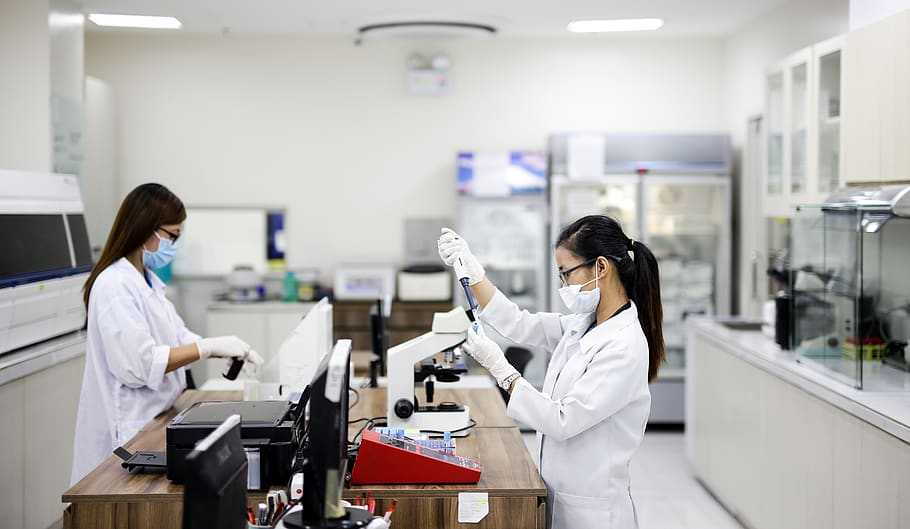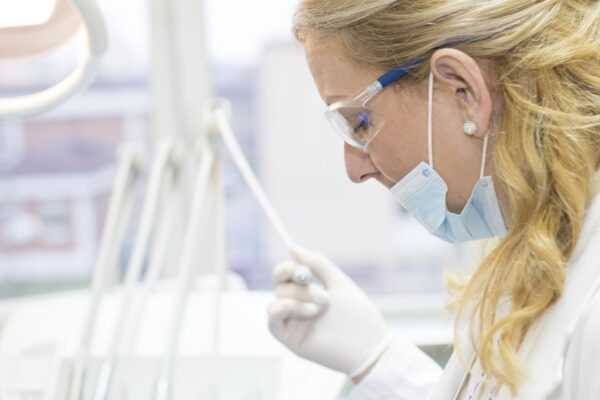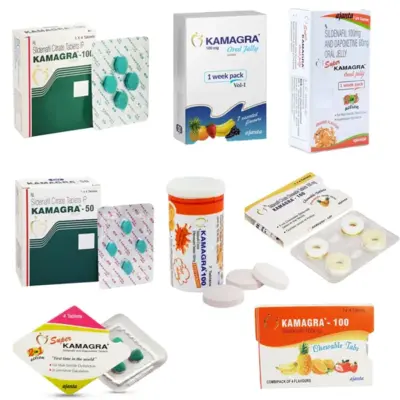Comparison Of ELISA With LC/MS/MS Method For Quantitative Analysis Of Lipids

For around more than two decades, ELISA has been routinely acknowledged as a key technique for quantifying both proteins as well as lipids. This was applicable to both the in vitro and in vivo matrices. Although, commercially available ELISA kits are fully validated for their linearity, LOD values, cross reactivity, or specificity, they do suffer from a setback such as antibody specificity towards the protein of their key interest. ELISA helps in measuring lowest concentrations of lipids and requires minimal sample preparation as well the inter-isomeric species cross-reactivity.
LC-MS/MS development is a powerful approach for quantitation of the highly multiplexed protein. It also aids in the isoform differentiation for supporting the clinical trials. This facilitates the easy elucidation of the apolipoproteins including their variants in the CVD analysis for implementing their measurements in the routine clinical practise. However, its clinical applicability and throughput are often restricted both by the processing time as well as molecular complexity of the manual sample preparation. The clinical application of the lc ms method for protein biomarkers exhibits the requirements of stringent criteria both for bias and precision. These are particularly challenging throughout the work flows involving enzymatic digestion of the measured proteins.
The quadrupole analyzer operates in the MS/MS mode employing multiple analyzers in tandem. The first analyser here aids the researcher in selecting the precursor ions, second one is the collision cell inducing dissociation where the ions undergoes fragmentation. To facilitate this fragmentation process, the quadrupole requires the presence of a collision gas. Resulting fragment later are then pushed towards the third quadrupole where they undergo analysis either in the scan mode or in presence of the single ion monitoring. These ions later undergoes fragmentation through CID within the same ion trap and are subsequently isolated and detected.
Prior to the LC-MS/MS analysis, sample preparation plays a key role in dealing with different complex matrices. This facilitates the easy elimination of the impurities along with other endogenous matrix components possibly interfering with the process of MS detection. Techniques that can be commonly employed here are liquid-liquid extraction, dilute and shoot, salting-out assisted liquid-liquid extraction, protein precipitation, and finally, the solid-phase extraction.
With the application of the LC-MS/MS assay sensitivity in the drug quantitation process, the interfering components present across the biological matrices co-elute with other analytes of interest thereby hindering the process of ionization. In turn, this leads to generation of a less volatile solution affecting the droplet formation efficiency as well the evaporation process. Subsequently, this results in altering the amount of the electric charge reaching the detector in such a way that the either undergoes enhancement or suppression.
Also, FDA requires that all the bioanalytical processes are validated before employing them into the processes of both the pre-clinical and clinical trials. These FDA guidances are considered as the soul or the standard procedures throughout the phase of drug discovery and development. Several parameters such as selectivity, calibration curve linearity, sensitivity, matrix effect, assay recovery, precision, stability studies, etc are important for validating the bioanalytical techniques such as LC-MS/MS for ascertaining their reliability.



